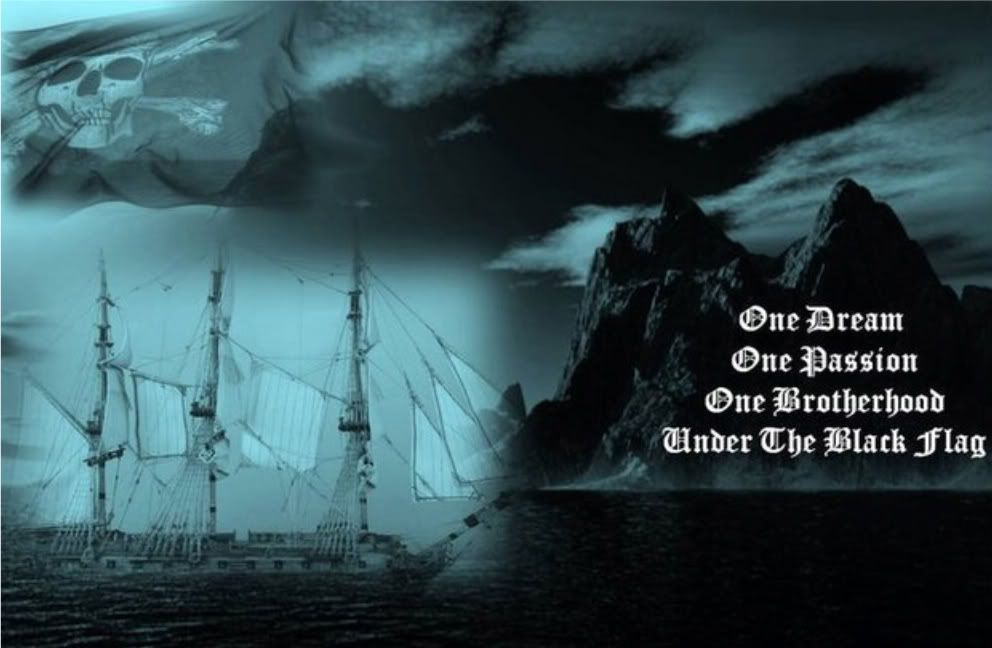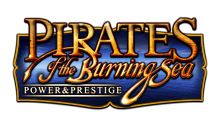Rare pistol uncovered in 18th Century shipwreck
news, Rare pistol uncovered in 18th Century shipwreck 3:56 π.μ.
Good thing it was after hours in the Flagler Hospital Imaging Center recently when technicians ran a couple of dozen items found in an 18th century shipwreck through the center's CAT scan.
"We were yelling," said Chuck Meide, archaeological director for the Lighthouse Archaeological Maritime Program. "It was one of those moments. A moment of discovery."
The discovery was a gentleman's pocket pistol concealed in a concretion, a concrete-like mass that forms around metal artifacts as they rust in the water.
"Our eyes were instantly drawn to (the pistol)," Meide said. The pistol was one of several items that ended "stuck" together. Other artifacts included a large iron spike, lots of small lead shot known as bird shot ("really, really tiny"), an iron hook, two ring-like objects and a disk of metal.
That disk of metal may be a coin and that would help date the wreck.
"People always seem to think shipwrecks and treasure, but it's very rare that's the case," Meide said. The ring-like objects aren't like finger rings. One is about an inch-and-a-half in diameter. The other has little curlicues on it and could be a bracelet or a drawer pull.
Finding the objects is one thing. Conserving them is another and one that takes considerable time. The pistol, for example, could take more than a year-and-a-half of work.
A number of other items were found in concretions taken from a shipwreck discovered by LAMP on the last day of the field season in 2009 and more fully explored this year. The scan revealed a pocket knife, navigational dividers for charting courses on maps ("They're pretty rare."), a possible pair of scissors and groups of nails and hooks.
"My gut reaction is that this appears the kind of cargo ... of items coming to supply St. Augustine. The preliminary interpretation is these are the kinds of things that would be needed in the 18th century. These kinds of things wouldn't have been manufactured here (then)," Meide said.
But it was the pistol that caught the eyes of Lighthouse and hospital personnel.
"When you just see the concretion, it could be anything. Once you've seen the scan, you can tell it's a pistol," said Beau Phillips with the St. Augustine Lighthouse and Museum.
The pistol was one of 25 objects scanned with the hospital's GE Lightspeed 16-slice CAT scan. They were found during a dive of an area known as the Storm wreck.
Meide calls the CAT scan technology "amazing" and says the number of images allow for 3-D views of the artifacts. It's the second time that Flagler Hospital has lent a hand with uncovering the area's history. Ten years ago, the Lighthouse's archaeological program brought in artifacts that were later determined to have been on the 1764 British sloop Industry.
It's only now that LAMP is beginning to explore what they brought up from the wreck. While the field season is going on the archaeologists spend their time recovering artifacts and storing them in water. Once the artifacts are stabilized and the dives are finished a "whole round of discoveries can be made."
ABOUT THE PISTOL
The flintlock pistol comes from the 18th century and is known as a Queen Anne's pistol, a turnoff pistol or a gentleman's pocket pistol. It came into vogue during the 1690s and continued to be made in Europe and the U.S. until the beginning of the 1800s.
Lighthouse Archaeological Maritime Program archaeologist Brendan Burke says the guns were "primarily for defensive purposes. ... A gun like this was manufactured for gentlemen and people of means and would not have been part of a ship's primary defensive system."
It's small enough to fit in man's palm. To load it the muzzle had to be unscrewed, the powder and shot loaded and then the muzzle was screwed back in place.
"This was a weapon of last resort," said Chuck Meide, archaeological director for the Lighthouse. "It was very powerful. A gentleman who might find himself in some kind of trouble could probably bring down anyone who was threatening him."
The pistol does not appear to be loaded, but that will be determined when the archaeological conservation is done. The barrel may be of brass, the handle is wood and there appears to be silver inlay.
James Levy, a historic conservator with the state of Florida, believes the pistol is probably from the second half of the 18th century. And he expects LAMP may find a "makers name engraved on the side of the brass frame and some good proof marks on the barrel."
ABOUT THE WRECK
What ship has LAMP found? That's still to be discovered.
The artifacts will help date it and may offer other clues including the nationality of the vessel.
"In so many ways this is exciting," Lighthouse Archaeological Director Chuck Meide said, noting it's only the second colonial period shipwreck found in this area. The other, Industry, was found by LAMP in 1997.
The shipwreck may be the oldest found in the waters off the First Coast, dating back to some time in the second half of the 1700s. Four cauldrons found onboard date to the 1740-1780 period.
Once the artifacts are cleaned, more details will be apparent.
"That could narrow it down. We're just seeing it in a very ghostlike way now," Meide said.
Archaeologists will be checking a data base of shipwrecks off the First Coast, trying to match the ship they found with one of the 30 or so listed wrecks from the 1700s. They may get lucky and discover something with the ship's name on it.
http://staugustine.com/news/local-news/2010-11-08/rare-pistol-uncovered-18th-century-shipwreck













